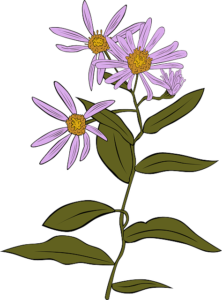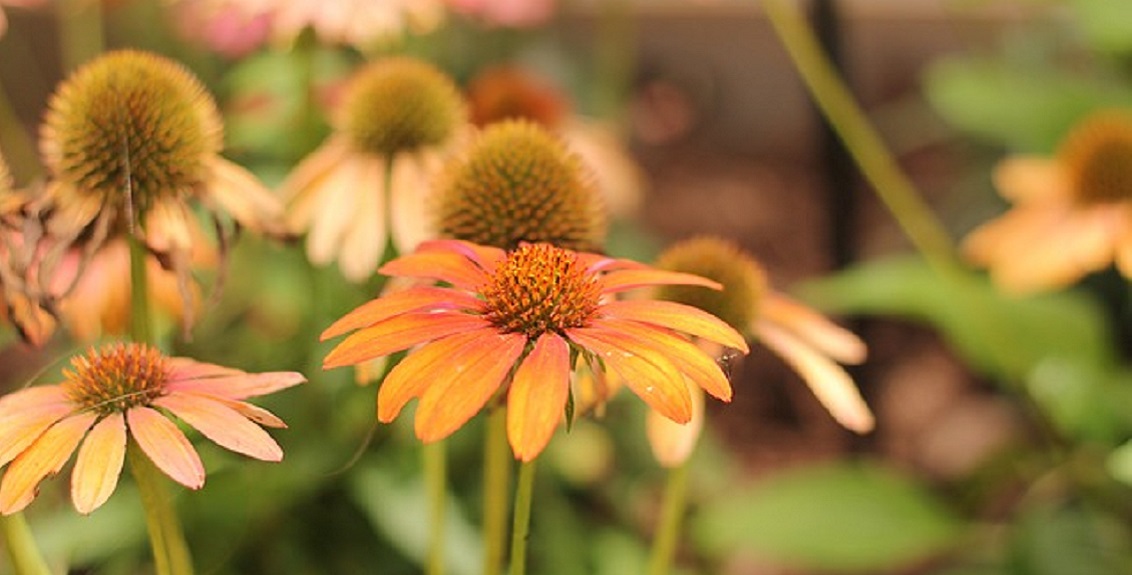Echinacea
Coneflowers, known botanically as Echinacea, may be the ideal plant for busy gardeners because they thrive on neglect. They tolerate a wide variety of soil types, from tight clay to sandy. Irrigation is needed only when the plants are newly set out. Once established, normal rainfall is sufficient except during extreme droughts.
There are nine species of purple coneflower, all native to North America. The main species found in garden centres is the Eastern purple coneflower. It grows up to 3 feet tall and wide, producing bright-purple flowers with dark centres.
Who can resist plants that have 2 to 4 inch flowers with bright-purple petals and dark centre cones? Apparently nobody can, which makes this plant a summer favourite. Typically, coneflowers are large, back-row plants used in perennial beds or borders, but plant breeders are developing smaller plants worthy of the front row.
Plant Care

- The crown of the plant is susceptible to rot. This is not a problem in the summer but can become one during cool, moist winter months. You could plant coneflowers in raised beds, which helps keep the plant crown drier.
- In colder areas treat the coneflower as a tender perennial because of the cool, moist winters, so use it there as an annual.
- Divide coneflowers every three to four years, but be patient waiting for regrowth.
- Several varieties can be grown from seed, and the plants will reseed themselves, becoming a weedy problem some seasons. Deadhead the flowers if this becomes an issue.
- Feed sparingly in the spring with a balanced, slow-release fertilizer. Use about two tablespoons of commercial fertilizer per plant, or if you prefer, use high-quality compost or other organic fertilizer instead.

